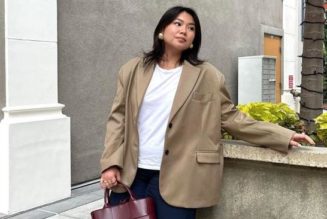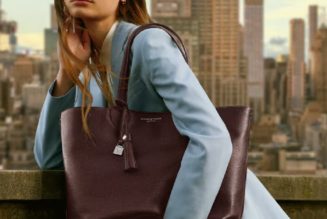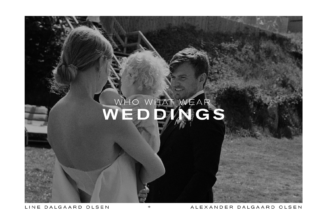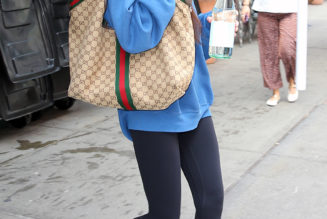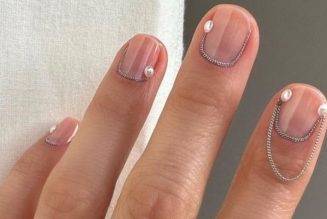On New Bond Street among the French and Italian mega luxury brands quietly sits English heritage company Swaine in a 7,000-square-foot space that tends to the needs of the top 5 percent with its bridle leather goods, onsite bespoke services and a workshop with seven artisans inside the store.
“Quiet luxury is a new trend nowadays, but it’s something that Swaine has been a part of for more than 200 years. There are no big logos on our bags. Our clients have discerning taste and they don’t want to have big designers, they’re not looking for spaceships or statues. They want a quality that speaks for itself,” says Carine De Koenigswarter, chief executive officer and chair of the French textile firm Chargeurs.
In 2022, the firm acquired The Cambridge Satchel Company, Swaine and Herbert Johnson, three long-established British brands that typify the nation’s attitude toward luxury. The British wealthy classes have for centuries eschewed flash and dash — indeed, many gentlemen would cringe at the mere idea of putting one’s initials on one’s bespoke shirts. Instead they have opted for long-lasting products that are as sturdy as the iconic British stiff upper lip and that often are handed down from generation to generation.
As a result, De Koenigswarter’ mission at the group is clear yet tricky: She’s to promote British craftsmanship discreetly without any bells and whistles.

Carine De Koenigswarter
Since she joined the brand, the New Bond Street flagship has been at the heart of Swaine with three floors that showcase its full range of products — from its famed umbrellas to briefcases and scarves.
“Since we took over, we’ve decided to modernize a bit with our products and introduce new lines,” De Koenigswarter says of the company, formerly called Swaine, Adeney, Brigg and dating back to the late 18th century.
On the lower ground floor, customers can meet with the artisans to bring their own creations to life, with prices ranging from 3,500 pounds for a minimal briefcase going anywhere up to 20,000 pounds for a trunk.
The products are made by one artisan from start to finish, on average taking about 30 hours and involving 200 steps. Some items can take up to a year to finish, however, depending on the commission.
“That’s why our quantities are really, really low and the process is really slow because we just can’t rush something that takes so much time,” explains De Koenigswarter.
The majority of Swaine’s customers hail from the U.K. and U.S., attracted by the brand’s heritage and its subtle appearances throughout popular culture.
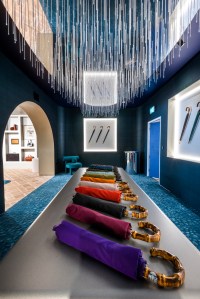
Swaine’s flagship on New Bond Street.
Throughout the James Bond franchise, Swaine’s Bond Attaché, a rectangular black briefcase with gold hardware retailing at 3,200 pounds, makes cameo appearances in “From Russia with Love,” “Goldfinger,” and “Octopussy.” It also appears in other films, including “The Da Vinci Code” and “The Resistance Banker.”
In the 1964 classic “Mary Poppins,” Julie Andrews carries a Swaine parrot-headed novelty umbrella while other high-end umbrellas from the brand have been featured in “The Thomas Crown Affair” and “Kingsman: The Secret Service.”
Nor do the cameos stop there for Chargeurs’ new trio of British heritage labels. Herbert Johnson has provided hats for “My Fair Lady,” “Chitty Chitty Bang Bang” and the Indiana Jones franchise starring Harrison Ford.
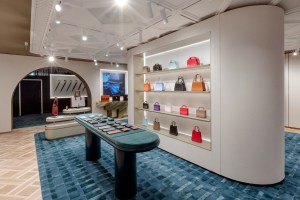
Swaine’s flagship on New Bond Street.
The brand and Disney partnered on an Indiana Jones collection for the film “Indiana Jones and the Dial of Destiny.” The collaboration includes eight different styles of fedoras inspired by Jones’ hats, each one handcrafted, and with prices starting at 412 pounds.
“We really wanted to be part of this last movie with Harrison Ford because we’ve made so many hats for him,” says De Koenigswarter.
It’s a rarity for Herbert Johnson to participate in a collaboration since the brand keeps a low public profile given the majority of its work is with the armed forces, from the British Army and the Royal Navy to the Royal Air Force.
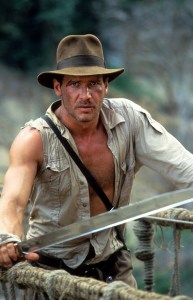
Harrison Ford wearing a Herbert Johnson hat.
Getty Images
The brand has been making hats for military services since 1889 and generally has been worn by royalty, dignitaries, celebrities and the British upper class alike.
Being in the business of quiet luxury is a frustrating one that De Koenigswarter has mastered with the art of patience.
She again emphasizes that Herbert Johnson, like Swaine, “is a niche brand, so we can’t make high volumes and promote big logos. It’s in the DNA of the brand to be niche and discreet with a really high standard for extraordinary products.”


